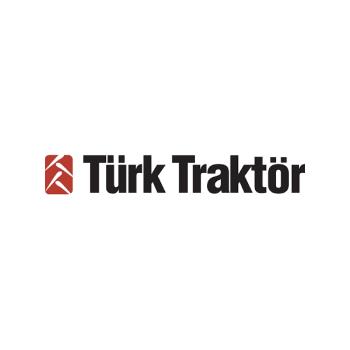Similar Posts
Digital instrument clusters are the futuristic dashboards found in modern vehicles. They display critical information, such as speed, fuel level, and navigation, through digital screens instead of traditional analog gauges.
The Evolution of Instrument Clusters
Instrument clusters have transformed significantly. The shift from analog dials and gauges to fully digital screens has brought new design considerations and challenges.
Design Challenges in Digital Instrument Clusters
Designing digital instrument clusters involves balancing aesthetics, functionality, and technical capabilities.
Balancing Aesthetics and Functionality
A major challenge is striking the right balance between visual appeal and usability. Designers must ensure that the clusters are both attractive and functional.
Ensuring User-Friendly Interface
Accessibility and ease of use are crucial. The interface should be intuitive, allowing drivers to access information without distraction.
Technical Challenges
Digital clusters face hardware constraints like screen resolution and processing power. Software reliability is also a major concern to prevent system failures.
Managing Data Overload
Effectively displaying information without overwhelming the driver is a key challenge. Designers must prioritize the most important data.
Safety Concerns
Minimizing driver distraction is paramount. The design should not draw the driver's attention away from the road.
Adapting to Different Driving Conditions
Visibility under varying light conditions is essential. The cluster should be easily readable in both bright sunlight and at night.
Customization and Personalization
Accommodating driver preferences for display and information is increasingly important in modern designs.
Future Trends
Incorporating AI and machine learning can predict driver preferences and enhance the driving experience.
Challenges in Updation and Maintenance
Regular software updates are essential to keep the systems current and functional.
Environmental and Durability Considerations
Clusters must withstand various environmental conditions, including extreme temperatures and long-term wear and tear.
Industry Regulations and Standards
Compliance with industry standards and regulations can be challenging, especially in different global markets.
Conclusion
Designing digital instrument clusters is a complex task that requires balancing various factors, from aesthetics to safety and technical constraints.
Similar Posts





